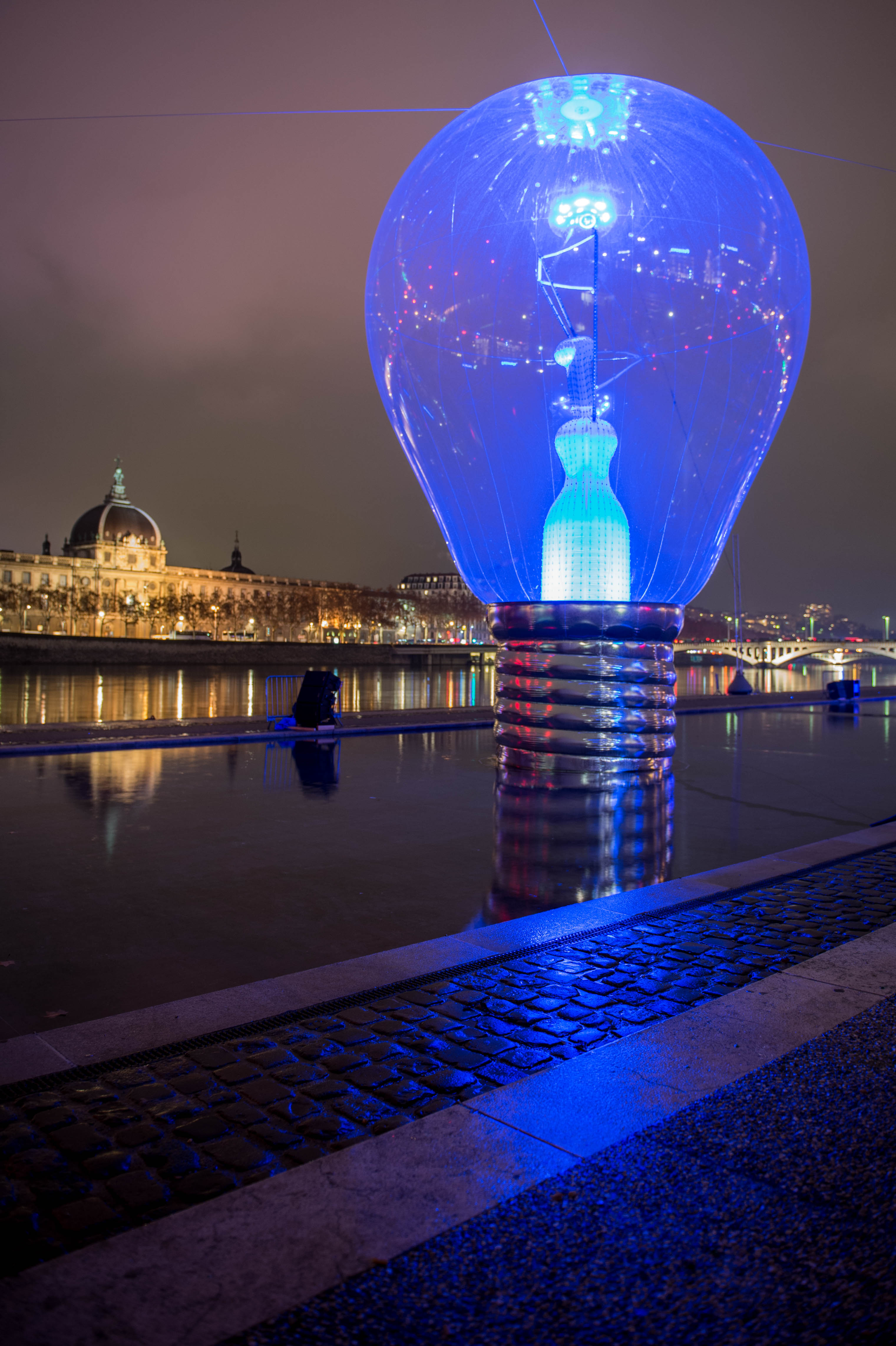Philips Colour Kinetics LED connected lighting transforms the banks of the River Rhone.


Philips Lighting collaborated with French artist Severine Fontaine, to create the centre piece for the 2014, Lyon Festival of Light. The world famous Festival of Lights in Lyon, France is the world's principal creative lighting display event. This year the show ran from the 5th-8th December.
The six minute, centrepiece show, spanned 80 metres of the River Rhone's banks. The phenomenal centrepiece, named "Incandescence" celebrated the importance of light in human development.
"Incandescence" took six years to create, it featured nine illuminated domes, shaped like incandescent light bulbs.Each dome was the size of a small family car. The six minute show explored the symbiotic relationship between the human race and light. The iconic incandescent light bulb was used to represent the historic relationship between humans and artificial light, exemplifying it's often forgotten impact on human development.
"Incandescence's" co-creator, Severine Fontaine said: "I chose to work with Philips, which is a prestigious partner, providing high-quality and high-tech products that enable spectacular light effects. The Philips technology allowed me to explore and create emotion, working light with great delicacy as if it were a musical score. Philips provided more than just products, the team also bought passion that allowed me to realize my concept and light scenario in optimal condition for the artistic quality of the art work."

